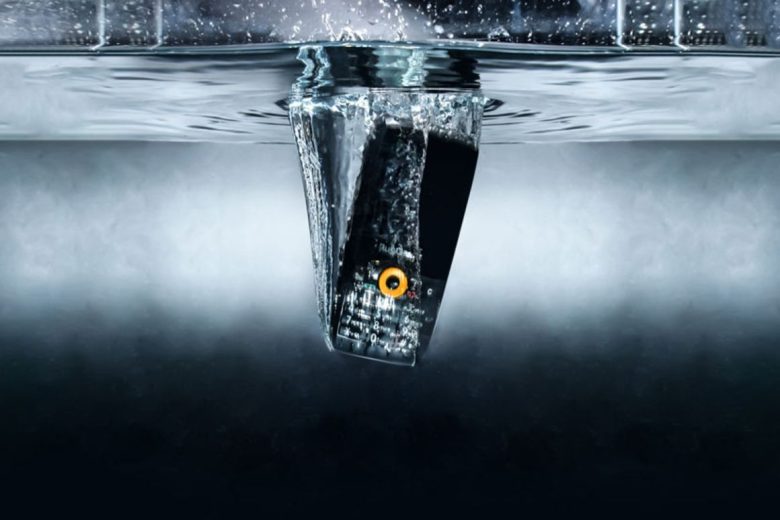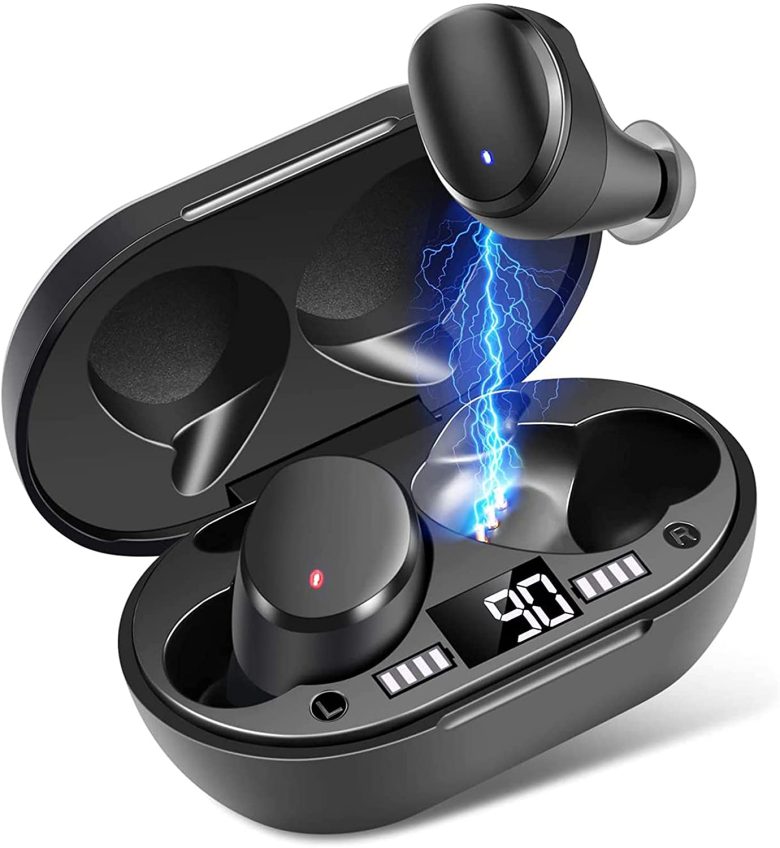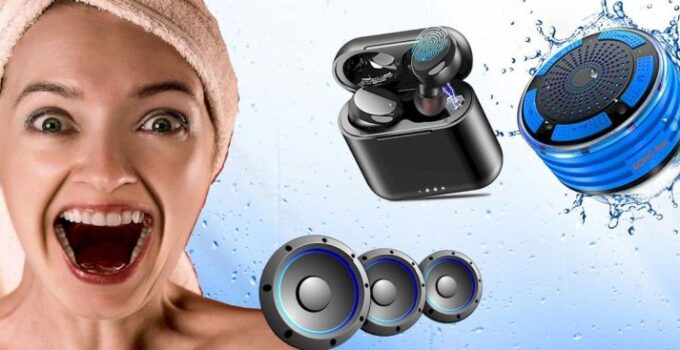Did you buy a new electronic product that you’re super excited to start using but you don’t understand the specifications of it? Are you worried about whether your product is water-resistant, waterproof, or dustproof? Don’t fret because we’re here to help you understand the specifications of your electronic product, as well as explain what IPX7 and IP67 mean exactly! Forget about worrying about whether you should protect your product/device when going to the gym, a pool, or a beach, and learn about water resistance and other relevant specifications right away!
Understanding the specifications and technology that electronic products feature isn’t that common for most people, especially since not everyone is tech-savvy and well-versed in technology. With that being said, knowing certain details related to the design and technology of the product you bought is still important if you want to make the most out of it. Such details include information about whether your product is waterproof, water-resistant, or dustproof, as well as to what extent.
To save you from the hassle of wasting an eternity trying to learn about all of this on your own, we provide you with a summarized guide on understanding IPX7 vs IP67. Once you read our guide, you’ll know what these two are exactly, what they mean in relation to the product or device you’re getting, and which of them is better! Forget about getting confused about IP ratings, and start uncovering their meaning right away with ease!
IP Rating Explained

Source: ruggear.com
To understand what IPX7 and IP67 are, you should first get acquainted with what IP rating actually means. IP code stands for Ingress Protection code, and it essentially provides you with relevant info regarding the protection that mechanical casings and electrical enclosures provide against certain factors that can affect a product. These factors typically include water, dust, and accidental contact. So, if you want to know whether the product you want to purchase or have already purchased is water and dust resistant and to what extent, you should pay attention to its IP rating.
Of course, for people who aren’t acquainted with IP ratings, they will likely look like random and incomprehensible letters and numbers. That is why we are here! We’ll explain how to read these seemingly random letters and numbers with a full understanding of what they mean. There are plenty of random IP ratings out there, but we will focus on IPX7 and IP67 in this article.
How To Read IP Ratings?
Before we dive into what the two IP ratings we’re covering in this article are, we’ll explain how to read any IP rating out there. That way, you’ll be able to get a better understanding of these two ratings right away and not get confused by any letter or number in them.
So, let’s begin with the first number in the IP rating. This number refers to the level of protection the product or device has from moving parts and foreign bodies. The second number is related to the level of protection from moisture, such as rain, water, and other.
Now, you’re probably wondering what it means when there is an X instead of a number. It means that there is no rating for said specification. That usually happens because the manufacturer did not test the product/device for it, so you can’t really be sure what the level of protection is in such instances.
| Intrusion Protection | Meaning | Moisture Protection | Meaning |
| 0 | No protection/No rating | 0 | No protection/No rating |
| 1 | Protected against a large part of the body but not protected against deliberate access to the enclosure. This refers to solid items larger than 50mm in size | 1 | Protected against falling drops of water, including condensation. This guarantees that there is zero damage to the components when the enclosure is upright |
| 2 | Protected against certain items and fingers. These items cannot be longer than 80mm or have a 12 mm diameter. This also includes accidental contact with your fingers | 2 | Protected water drops up to 15 degrees from the vertical |
| 3 | Protected against tools and wire entry. The items that the product is protected against are 2.5mm diameter ones or larger | 3 | Protected against water sprays up to 60 degrees from the vertical |
| 4 | Protected against solid items that are 1 mm or larger. These include items like screws, nails, wires, and more | 4 | Protected against water splashing from every direction. The enclosure was tested for a minimum of 10 minutes using an oscillating water spray |
| 5 | Partially protected against dust | 5 | Protected against water pumped in low-pressure jets at 6.3mm, as well as at all angles |
| 6 | Fully protected against dust. Neither dust nor other particles can penetrate the enclosure, so these products can be used in dirty places as well | 6 | Protected against directly aimed high water pressure jets |
| 7 | Protected against the effects of immersion for extended periods of time and higher water pressures (depths) | ||
| 8 | Protected against the full immersion of the enclosure up to 30 min in a 15 cm to 1-meter water depth. Note that the product should not be submerged in water for a long period of time | ||
| 9 | Protected against high temperatures, pressure jet sprays, steam cleaning, and wash down procedures. The product/device is completely waterproof |
What Does IPX7 Mean?

Source: walmartimages.com
Since we already explained that having an X in the rating means there are no specifics about the level of protection, you’re probably aware that this rating isn’t ‘’complete’’, so to speak. While we cannot know about the level of protection from moving parts and foreign bodies, we can talk about the number 7, which refers to the level of protection against moisture.
Number 7 here means that there is protection from immersion in extended periods and higher water pressures or depths. The way the testing is conducted is by submerging the device into one-meter deep water for a total of 30 minutes. So, the device with an IPX7 rating is protected against the effects of temporary submersion.
What Does IP67 Mean?
While IPX7 didn’t give us enough info about all the levels of protection, the IP67 rating definitely does. The number 6 here refers to the level of protection against moving objects or dust, and it’s the last number on the dustproof scale, which means that the product is completely dustproof. The second number, as we already know, refers to the product being protected against moisture. When it comes to the level of protection against moisture, it can be anywhere on a scale from 1 to 9. The number 7 on the scale means that the product is protected against all effects of temporary submersion in water. In short, a product that has the IP67 rating is dustproof and can be immersed in water for up to 30 minutes.
We’ll list the main characteristics of the two ratings we explained above so that you can have a summarized and easy-to-read guide on understanding them clearly. Take a look at the table below to see what these characteristics are:
| IPX7 Characteristics | IP67 Characteristics |
|
|
IPX7 VS IP67—Which Is Better?

Source: enterpriseleague.com
If you’re still wondering which of these two ratings is better, we’re here to provide you with the answer, as well as to explain why one is better than the other. There is no need for you to waste time and effort trying to figure this out on your own when you can find all the info you need with us in a jiffy!
There is one major difference between IPX7 and IP67, and that is the fact that the IP67 devices are both waterproof and dustproof, while the IPX7 ones are only waterproof. With that being said, it’s natural to conclude that the IP67 rating would be a better choice. The reason why this would be a better choice is that the IP67 products and devices can be used in areas where there is dust and other small particulates without worrying about these microscopic particles getting inside and damaging the product’s or device’s components. Additionally, these products/devices are fully waterproof, and you can use them in wet and high-moisture environments.
When it comes to the IPX7 products, the good news is that they are also completely waterproof. That means that you can also use the products in a wet environment without worrying about their components getting damaged or malfunctioning. However, there are also some bad news. The bad news is that these products aren’t made to be used in environments where there is high dust and dirt. You shouldn’t try to do so because chances are your product will get damaged and malfunction easily.
If you’re looking for a product that you can use in any environment and that can endure all weather conditions, including wind, rain, moisture, and dust, choosing the one with the IP67 rating will definitely prove as a better choice. Any product or device that you want to use in these extreme weather conditions needs to be both dustproof and waterproof, and that is the reason why the IP67 rating is the right choice. The drop-proof feature is also important when it comes to products designed to be used in such conditions. This feature protects the product and ensures it doesn’t get damaged when dropped from a certain height.
When comparing and choosing between the IPX7 and IP67 products, you should take into consideration which environment you’re planning on using the product in, as well as how you intend to use it. Always pay attention to the IP rating of the products and devices to ensure that they can actually be used in the way that you intend to do it. It’s always better to be safe than sorry, so take a couple of minutes to double-check that the device will fit your need perfectly before purchasing it!
Conclusion
A thorough understanding of the differences between two IP ratings is not something that the majority of people are familiar with. This is not the type of info we encounter in our day-to-day life, so it is very easy to get confused and not know what any of these numbers and letters mean when you first see or hear about them.
Although confusing at first, learning about these ratings doesn’t have to be difficult at all! It may seem like rocket science when you first look at it, but once you read the relevant info about it (which takes no more than 10 minutes), you’ll be able to understand the numbers clearly. The best part is that you don’t have to waste any time looking for this info on your own. We provided you with every crucial detail about IP ratings in this article, so once you go through it and read it, you’ll be able to do more than understand the differences between IPX7 and IP67 ratings! You’ll also be able to read any IP rating apart from those two because we show you what each of these numbers and letters means! Work smarter, not harder, and forget about struggling to understand IP ratings ever again!




